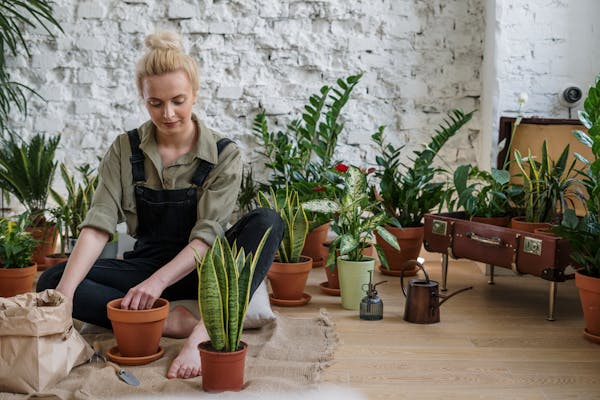He Wrote a Gardening Column. He Finished Up Documenting Climate Improve.
April 1, 1978: “It looks that all any one desires to know these days is when to plant the tomatoes. Nicely, now is about the proper time. … 1st, make sure you really want to go via the trouble of developing these fruits.”
March 28, 1981: “There are hundreds of reasons for not increasing tomatoes. They are not very plants. They catch the attention of white flies. They will not set fruit if the temperature drops below 56 degrees.”
March 28, 1987: “Now is the time to start out tomato seeds in Alaska. Thoughts you, I am the initial to acknowledge that Alaska is a awful area to expand tomatoes.”
In Might, convey to viewers to rototill their gardens. Memorial Working day weekend is the time to plant seeds outdoors — and to transplant tomatoes. In May and July, remind readers to fertilize the lawn. They ought to pull dandelions or spray them with 2,4-D. In August, observe the blooming fireweed: According to Alaskan custom, this suggests 6 extra weeks before the initial frost. In September, a reminder to rake the garden and plant bulbs and a call to harvest green tomatoes will ripen if put in a paper bag with an apple or banana. In November, deliver a gift guidebook. In December, explore houseplants and offer you guidelines on poinsettias. In January, prompt audience to purchase seed catalogs. Quickly the season for tomato dissuasion rolls around once more.
“Ten yrs of columns!” Lowenfels wrote in November 1985. (Really, it experienced been nine when I pointed this out to him, he texted back, “lol.”) By now, Lowenfels was a successful lawyer in the private sector. He was an optimist, a gentleman going for walks all around with a bullet in his neck. He wore a bow tie to function and carried a purple clown nose in his pocket as a talisman of levity. He and Judith had little ones, Lisa and David. His dad died. Following the funeral, Lowenfels dug up some of the orange working day lilies and introduced them again to Anchorage. He planted them by his driveway. Just about every yr they sent up shoots, but they never flowered.
Handful of of the plants that Lowenfels grew up with in New York flourished in Anchorage. “Remember the old axiom,” Lowenfels wrote — “ ‘If small children will not like consuming it, it will thrive in an Anchorage yard.’” Kale, broccoli and lettuce could be cultivated reliably, together with peas, carrots and radishes. A handful of crops did exceptionally well. In August 1983, he wrote about Gene and Mark Dinkel, citizens of the close by Matanuska Valley, who experienced when developed a 79-pound cabbage. “One day he hopes to best the 100-pound mark,” Lowenfels wrote, referring to Gene.
Gardeners had been normally pushing the bounds of what was feasible. Lowenfels frequently proposed new flowers, vegetables and horticultural plants to consider. He talked over a new bean that matured in 51 days, a new carrot with “40 p.c more vitamin A than other carrots” and two new radishes “of curiosity.” He advised Ligularia. “Now, you are possibly pondering: Ligularia? What is that? Some sort of new pasta?” (It is a genus of tall, flowering vegetation with major leaves.) He praised Mayday trees. “Somewhere they need to bloom on Could Day,” he wrote, “but here they under no circumstances have.”








